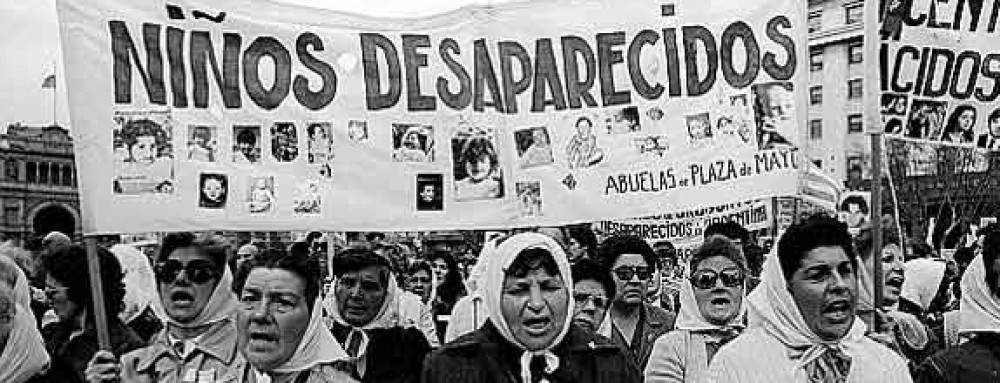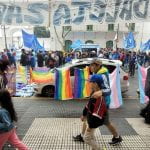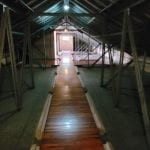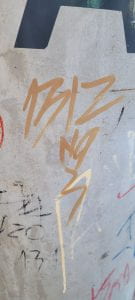I am a musician, creative, and humorous fellow, but I am certainly not punctual. More than not on this trip, I have been at least 5 minutes behind in for more than half of the rendezvous in the morning and 10-15 minutes late for debriefs and other activities. It is one of my worst qualities and something that I need to fix in order to be successful in life. Rightfully so, my tardiness got on Gabe’s (the program director) nerves on more than one occasion. This is a fun, lighthearted song made on the spot about the reasons for my tardiness and apologizing to Gabe at the same time.
The instrument used in this song is called a Kalimba which is an African musical instrument consisting of a wooden board with attached staggered metal tines, played by holding the instrument in the hands and plucking the tines with the thumbs. I purchased it at the antique market on our last full day in Buenos Aires. Many of the tour guides on our trip have emphasized the African influence in Argentina rather than the popular Eurocentric belief of Argentina. This instrument, and many other antiques at the market, provides living proof of the influence of Africa in the country. Like so many other countries, Argentina perfectly plays into Eurocentrism. One tour guide in Córdoba described how her teacher explained that all of the Africans in Argentina simply died off as a reason for the guide not seeing an African influence around the city. I found it refreshing to see examples of African culture in Argentina and plan to use this instrument in more of my musical creations. Please enjoy this jingle that will soon be a global smash.























